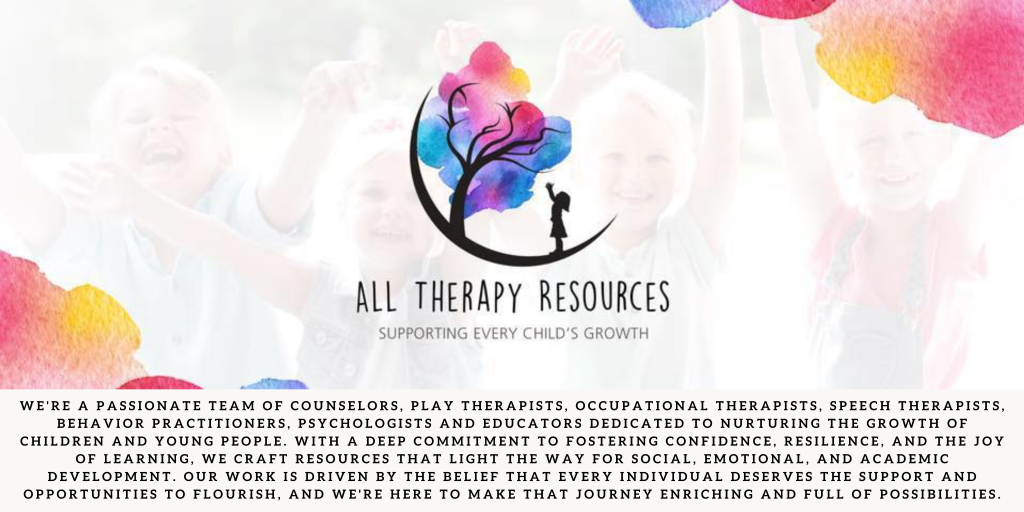5 Strategies For Promoting Diversity and Inclusion in Schools

Schools really are something special, aren’t they?
They’re not just buildings where we hit the books; they’re mini-universes reflecting the vast array of cultures, beliefs, and lives that make up the big, wide world outside. So, when we talk about bringing diversity and inclusion into schools – we’re not just ticking boxes!!
We’re actually seizing a golden opportunity to cultivate a place where “understanding”, “respect”, and a “real sense of belonging” can take root and flourish for all the young minds who will shape our future.
In this blog post, we’re going to explore why embracing Diversity and Inclusion in schools is so important.
Ps: we’ll be sharing some practical advice to ensure that every single student steps into school feeling seen, heard, and genuinely appreciated.
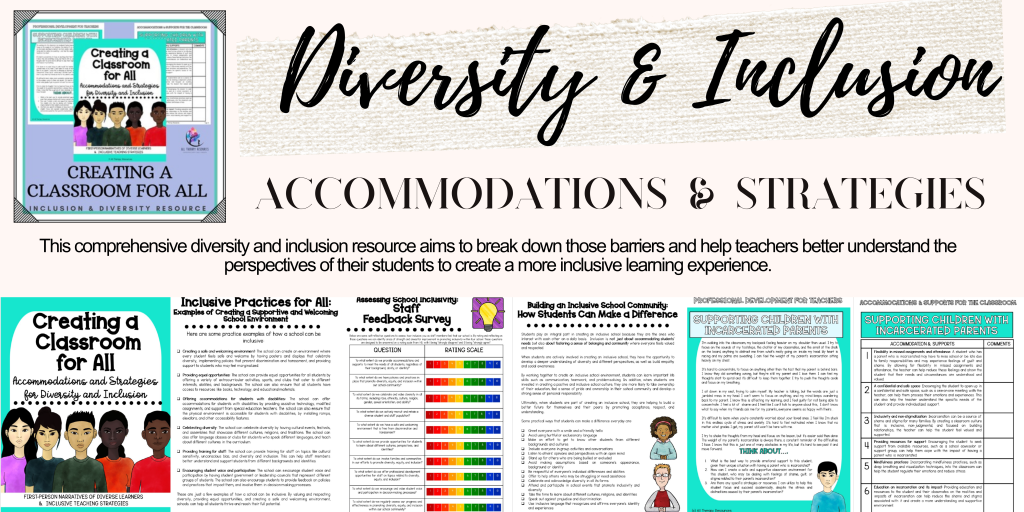
The Imperative of Diversity and Inclusion in Education
Diversity and inclusion are like peanut butter and jelly – different but perfect together, each bringing its own flavor to the educational journey. Imagine diversity as a kaleidoscope of perspectives and life stories, spicing up the classroom with a mix that opens students’ eyes and preps them for the big, wide world out there.
Then there’s inclusion, the secret sauce that ensures this rich mix isn’t just sitting pretty; it’s celebrated loud and proud, making sure every student feels like their voice counts and is heard.
Together, they’re a dynamic duo, fueling empathy and breaking down biases as students get cozy with the myriad backgrounds and stories of their peers. And oh, the academic perks! It’s like a creativity and problem-solving booster, since a crew with diverse viewpoints tackles challenges in fresh, innovative ways, leading to some pretty clever solutions. Plus, schools that really embrace this duo see a ripple effect of joy and a sense of belonging among students, which isn’t just great for acing tests but is a game-changer for overall happiness and well-being.
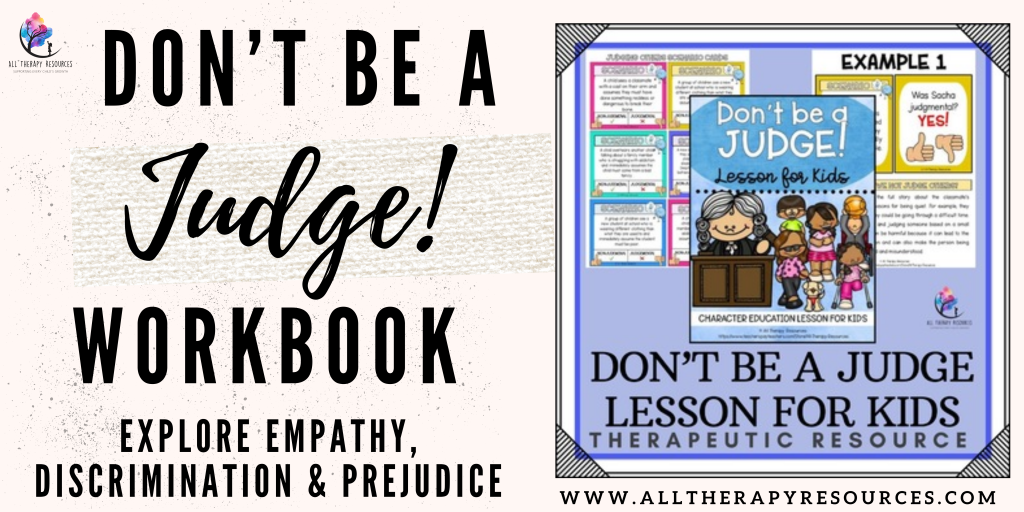
Strategies for Promoting Diversity and Inclusion
So, how can schools transform their environments to be more inclusive and diverse? It’s not just about policies and programs; it’s about fostering a culture that celebrates differences and promotes equity. Here are some strategies that schools can adopt:
- Curriculum Reform: Making changes to the school curriculum to include stories, ideas, and histories from different cultures and people is key to building respect and understanding. It’s about more than just adding books by writers from various backgrounds or learning about different historical leaders. It’s also about exploring and discussing the rich cultural traditions and diverse opinions that make up our world. This is all part of creating a more inclusive and well-rounded educational experience.
First up, we’ve got this fantastic freebie, the “DIVERSITY & INCLUSION Accommodations and Strategies NSCW FREEBIE.” This isn’t just any old resource; it’s a treasure trove for educators eager to sprinkle their lessons with inclusive practices. Picture this: a classroom where every student doesn’t just feel seen but celebrated. This freebie is packed with hands-on strategies and accommodations to make that dream a reality. Fancy checking it out? Hop on over here and snag it for yourself.
- Professional Development: Teachers play a crucial role in shaping the classroom environment. Providing ongoing professional development on cultural competency and inclusive teaching strategies can empower educators to support all students effectively.
- Student-Led Initiatives: Encouraging student-led clubs and activities that celebrate different cultures, identities, and perspectives can foster a sense of ownership and pride in diversity. These initiatives can also provide valuable leadership experiences for students.
- Community Engagement: Schools don’t operate in a vacuum. Engaging with parents and community members in discussions about diversity and inclusion can reinforce these values and build stronger, more supportive networks for students.
And hold up, we’re not done yet. For those of you guiding the next generation of world-changers, the “CULTURAL DIVERSITY & INCLUSION BROCHURE” is your next must-have. This isn’t your average brochure. It’s a powerhouse of insights designed to school students (pun intended) in the fine art of understanding and respecting diverse cultures. It’s like a mini-guide on how to be awesome, inclusive peers. Curious? Take a peek right here.
- Inclusive Policies and Practices: From anti-bullying policies to inclusive bathroom and dress code policies, schools can adopt various measures to ensure that all students feel safe and supported.
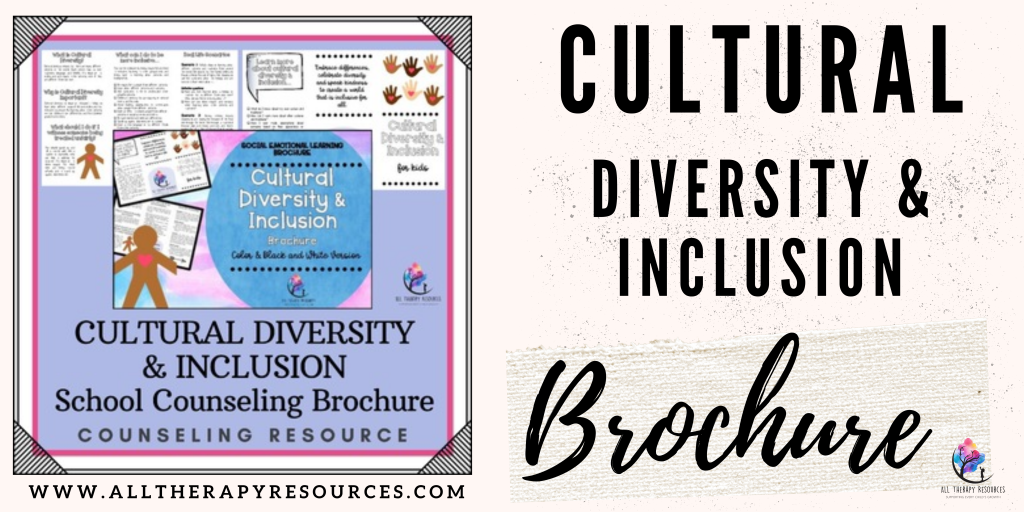
Challenges and Considerations
While the path to a truly inclusive and diverse educational environment is rewarding, it’s not without its challenges. Resistance from various quarters, logistical hurdles, and the ongoing need for resources can pose significant obstacles. It’s crucial for schools to approach these challenges with openness, flexibility, and a commitment to continuous improvement.
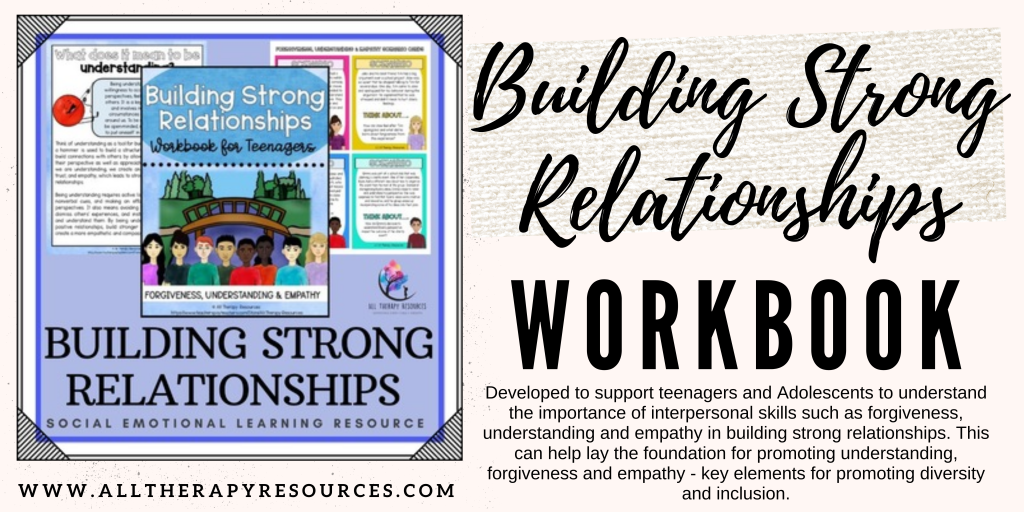
Conclusion: The Road Ahead
The journey toward fully embracing diversity and inclusion in schools is ongoing, but the destination is clear: a world where every student, regardless of their background, feels valued, understood, and empowered to reach their full potential. By committing to this path, schools can not only enrich the educational experience for their students but also contribute to a more inclusive, understanding, and unified society.
Feeling revved up to make a splash in the diversity and inclusion pool? Dive into our Teachers Pay Teachers store. It’s your one-stop shop for all the tools you need to foster a learning environment that’s not just inclusive but inspiring.
FAQs About Diversity and Inclusion in Schools
Why is diversity important in schools?
- Diversity brings a wealth of perspectives and experiences into the classroom, enriching the learning environment and preparing students for a globalized world.
How can schools promote inclusion?
- Schools can promote inclusion by integrating diverse perspectives into the curriculum, providing professional development for teachers on cultural competency, supporting student-led initiatives, engaging with the community, and adopting inclusive policies.
What are the benefits of diversity and inclusion in education?
- Diversity and inclusion in education can enhance empathy, reduce prejudices, boost creativity and problem-solving skills, and improve student satisfaction and a sense of belonging.
Can diversity and inclusion impact academic performance?
- Yes, schools that focus on diversity and inclusion often see improved academic performance, as students feel more engaged, supported, and motivated in an environment where they feel valued and understood.
